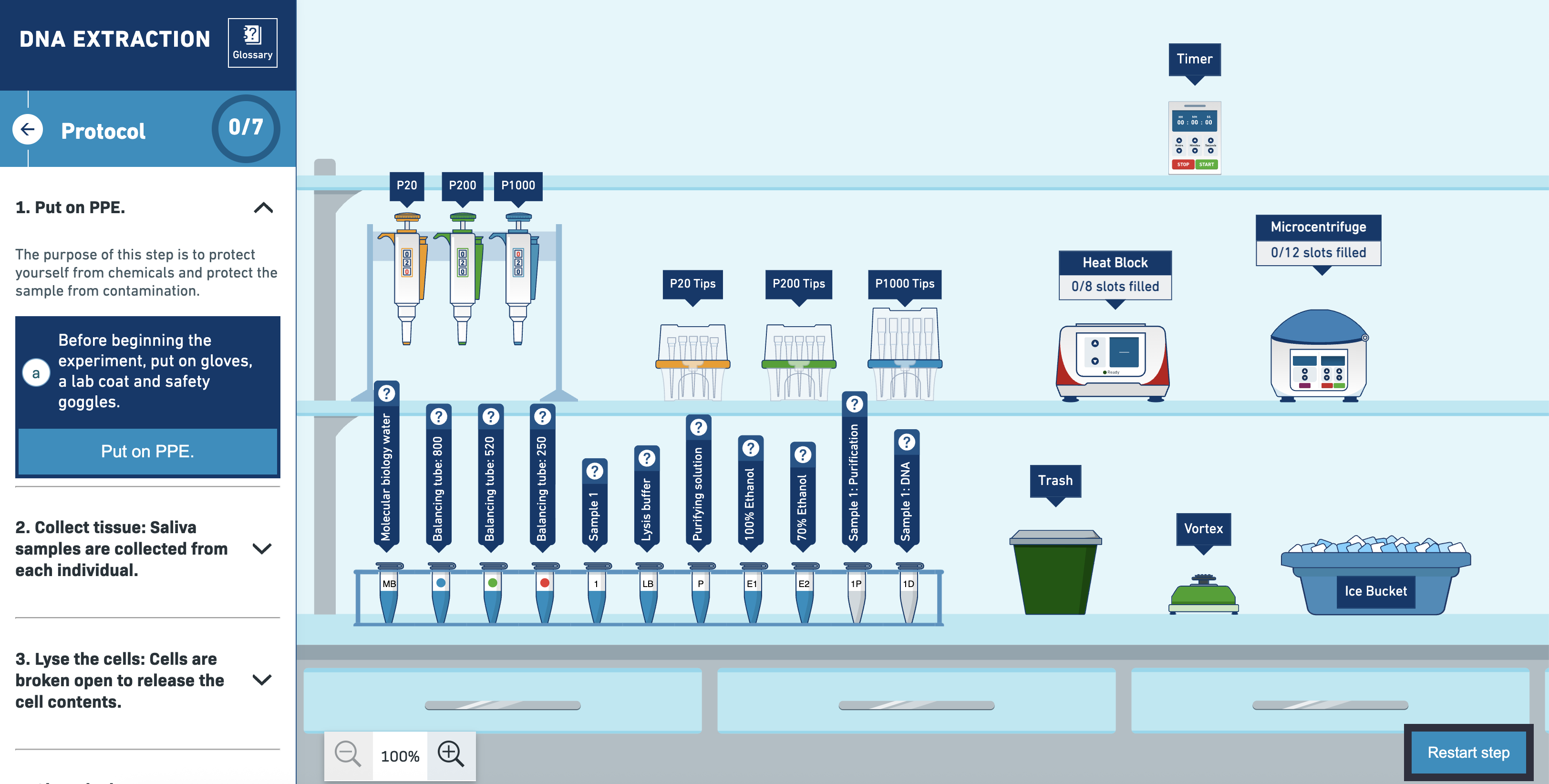.png)
Exploring Human Genetic Variation with The Jackson Laboratory
On September 30, LabXchange cohosted a webinar with The Jackson Laboratory to share how to incorporate virtual genetics learning resources into the modern classroom.
Led by LabXchange Relationship Manager Nicole Sjoblom, PhD, and The Jackson Laboratory Genomics Education & Outreach Program Manager Christina Vallianatos, PhD, the webinar explores The Jackson Laboratory's Teaching the Genome Generation (TtGG) curriculum and how LabXchange's platform assists in bringing complex concepts like genetics and genomics to life. Watch a recording of the webinar, below, to learn more about the TtGG curriculum and see how to implement these free virtual resources into your genetics lessons.
Throughout the webinar, Sjoblom and Vallianatos spotlighted digital resources and offered practical strategies to help high school educators inspire and prepare the next generation of scientific thinkers—the "Genome Generation"—who are growing up in an exciting yet ever-evolving era of genetics and genomics innovation.
"Given that many students' only exposure to genetics will be in their high school biology classroom, building that genetics literacy in high school is critical to developing informed future healthcare consumers and citizens."
—Christina Vallianatos, PhD
In the TtGG: Human Genetic Variation Virtual Lab Curriculum, which is available as a pathway on LabXchange, learners conduct virtual experiments, analyze real data, and touch on the ethical complexities at the intersection of human genomics, research, and medicine. Interactive resources guide learners through practical lab techniques like DNA extraction, PCR, and Sanger sequencing, offering them a preview of what real-life genetics research looks like.

Want to see more from The Jackson Laboratory?
- Sign up for the TtGG newsletter!
- Email ttgg@jax.org with any questions.
- Explore over 250 of their free resources in the LabXchange library.



.svg)

.svg)



